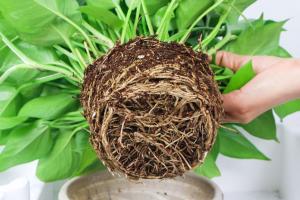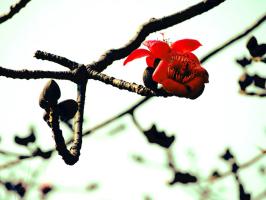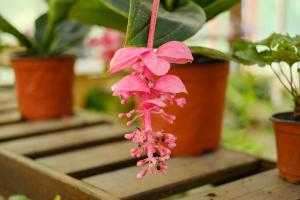How to Plant Cedar Trees for Hedging
If you’re looking for an attractive and durable hedging option, cedar trees might be just what you need. These evergreen trees have lovely foliage and are easy to maintain, making them a popular choice for gardeners and landscapers alike. Here are some steps you can follow to successfully plant cedar trees for hedging:
Choose the Right Spot
The first step in planting cedar trees is to choose the right location. Cedar trees prefer full sun, so look for a spot in your yard or garden that gets at least 6 hours of direct sunlight each day. Make sure the soil in the area is well-draining and not too compacted. You can add organic matter such as compost to the soil to improve its quality and help your cedar trees thrive.
Prepare the Site
Once you’ve found the right spot, it’s time to prepare the site for planting. Start by removing any weeds or grass in the area. You can do this by hand or by using a hoe or rake. Next, dig a hole for each cedar tree that is slightly wider and deeper than the root ball of the tree. This will give the roots enough room to grow and spread out.
Plant the Cedar Trees
Now it’s time to plant your cedar trees. Gently remove the tree from its container and loosen any tangled roots. Place the tree in the hole you dug earlier and fill in the space around the root ball with soil. Make sure the tree is planted at the same depth as it was in its container. Tamp down the soil around the tree to remove any air pockets and help the roots establish. Water the trees thoroughly immediately after planting.
Maintain the Trees
Once your cedar trees are planted, it’s important to care for them properly to help them thrive. Water your trees regularly, especially during dry periods or hot weather. Cedar trees don’t need much fertilizer, but you can add a slow-release fertilizer to the soil in the spring if you’d like. Prune your cedar trees in the late winter or early spring to maintain their shape and remove any dead or damaged branches.
The Benefits of Cedar Trees for Hedging
There are many reasons why cedar trees are a popular choice for hedging. In addition to their attractive foliage, cedar trees are also pest-resistant and hardy, making them an ideal choice for long-term landscaping projects. They also provide a natural privacy screen for your yard or garden, blocking out noise and unwanted views. And because cedar trees are evergreen, they provide year-round color and interest.
Conclusion
Planting cedar trees for hedging is an easy and rewarding way to enhance the beauty and privacy of your outdoor space. With the right location, preparation, and care, your cedar trees will thrive and provide you with years of enjoyment. Consider adding these versatile trees to your landscaping plan today.

 how many times do yo...
how many times do yo... how many planted tre...
how many planted tre... how many pine trees ...
how many pine trees ... how many pecan trees...
how many pecan trees... how many plants comp...
how many plants comp... how many plants can ...
how many plants can ... how many plants and ...
how many plants and ... how many pepper plan...
how many pepper plan...





























